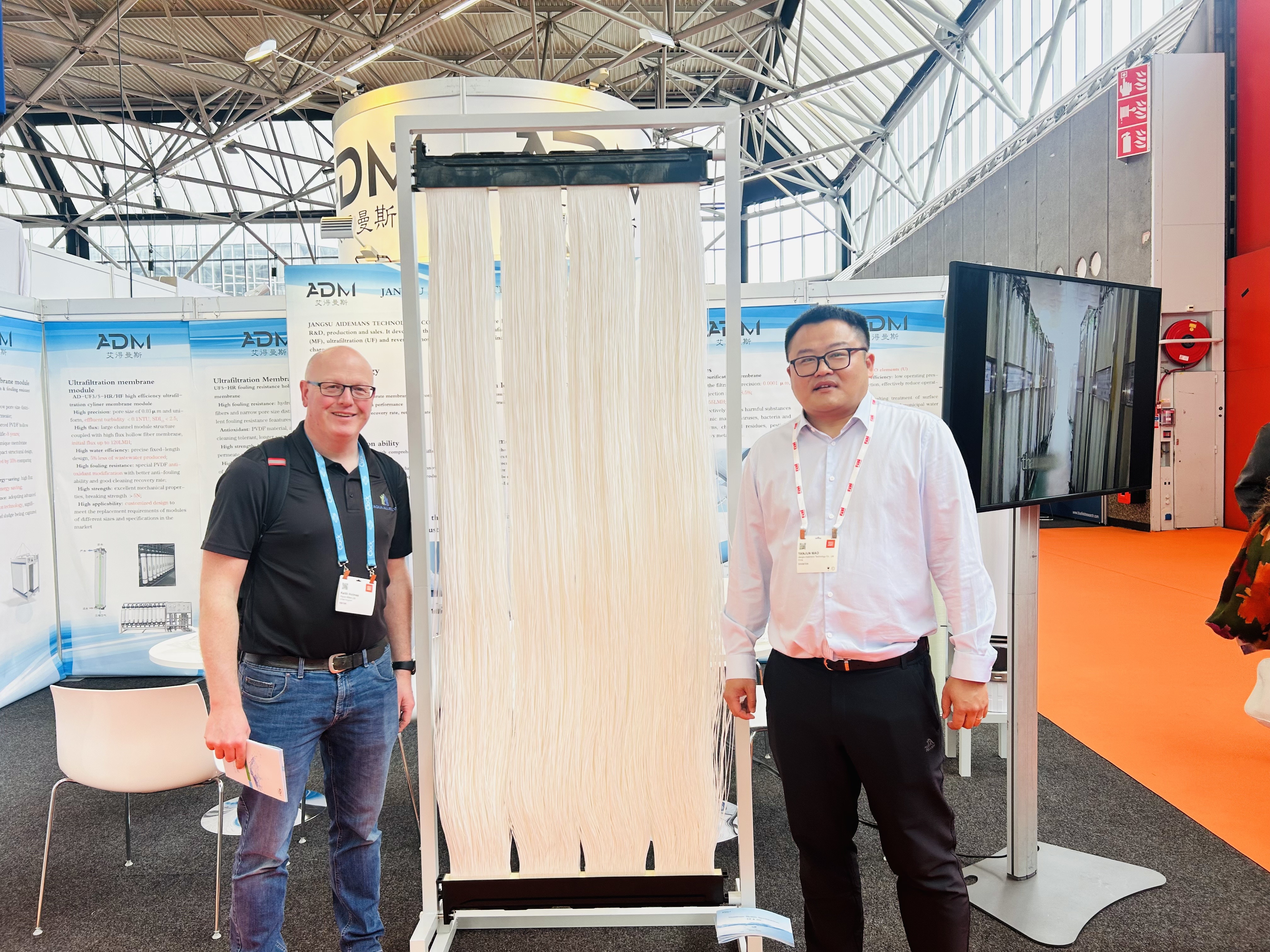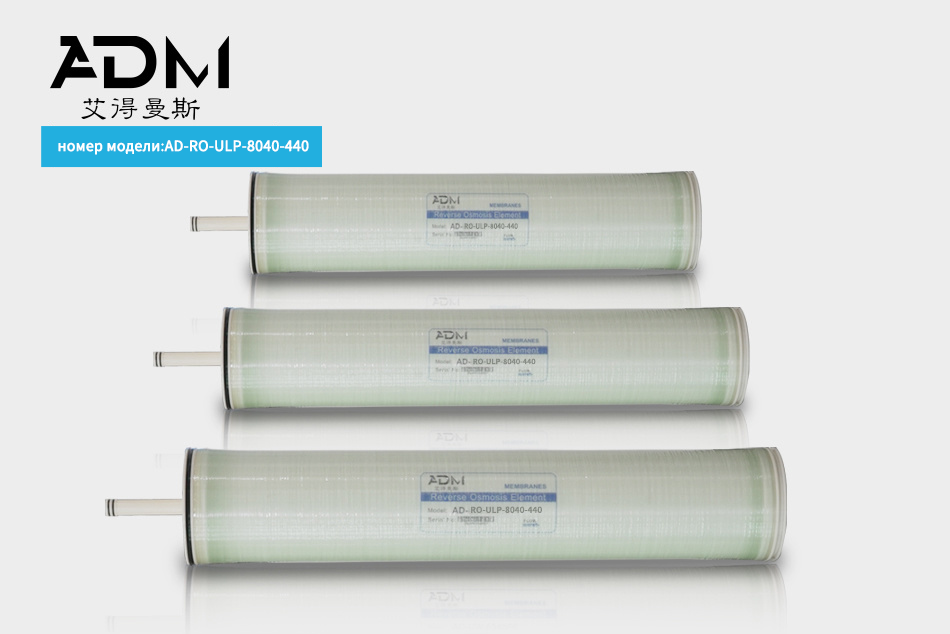Integrating Low-Pressure Reverse Osmosis Membrane Elements for Enhanced Water Management Solutions
Release time:
2025-07-23
Integrating Low-Pressure Reverse Osmosis Membrane Elements for Better Water Management Water is an essential resource, and effective water management is crucial for both industrial and residential applications. The integration of low-pressure reverse osmosis (RO) membrane elements into water management systems has emerged as a transformative solution. This article delves into how these elements en
Integrating Low-Pressure Reverse Osmosis Membrane Elements for Better Water Management
Water is an essential resource, and effective water management is crucial for both industrial and residential applications. The integration of low-pressure reverse osmosis (RO) membrane elements into water management systems has emerged as a transformative solution. This article delves into how these elements enhance water quality, efficiency, and sustainability.
Understanding Low-Pressure Reverse Osmosis Technology
Low-pressure reverse osmosis (RO) technology utilizes semi-permeable membranes to separate contaminants from water. Unlike traditional high-pressure systems, low-pressure RO systems operate at reduced pressure levels, resulting in lower energy consumption and longer membrane life.
How Low-Pressure RO Works
The fundamental principle behind reverse osmosis involves applying pressure to a solution, allowing water molecules to pass through a membrane while leaving impurities behind. In low-pressure systems, the pressure required is significantly less, making it an attractive option for various applications.
1. **Feed Water Introduction**: Water enters the system and is directed towards the membrane.
2. **Membrane Filtration**: The semi-permeable membrane allows clean water to pass while blocking contaminants such as salts, bacteria, and organic matter.
3. **Concentration of Impurities**: Impurities are concentrated on one side of the membrane, while purified water emerges on the other side.
Benefits of Using Low-Pressure Reverse Osmosis Membranes
The integration of low-pressure RO membranes offers several advantages in terms of efficiency, cost-effectiveness, and environmental impact.
1. Energy Efficiency
Low-pressure systems require less energy to operate, leading to significant savings in operational costs. This efficiency not only reduces expenses but also minimizes the carbon footprint associated with water treatment.
2. Extended Membrane Life
Operating at lower pressures reduces stress on the membrane, which can extend its operational life. This longevity results in fewer replacements and maintenance requirements, providing a more sustainable solution for water treatment.
3. Improved Water Quality
Low-pressure RO membranes are effective at removing a wide range of contaminants, ensuring high-quality water output suitable for various applications, from drinking water purification to industrial processes.
Applications of Low-Pressure Reverse Osmosis Systems
The versatility of low-pressure reverse osmosis systems allows for a broad range of applications across different sectors.
1. Industrial Water Treatment
Industries often face challenges related to water quality. Low-pressure RO systems can be integrated into industrial processes to provide clean water for manufacturing, cooling, and other operations, ensuring compliance with environmental regulations.
2. Agricultural Use
In agriculture, water quality directly impacts crop yield. Low-pressure RO can be utilized for irrigation water treatment, providing clean water that promotes healthy plant growth while minimizing contaminants that could harm crops.
3. Drinking Water Purification
Providing safe drinking water is a global priority. Low-pressure RO systems can be implemented in municipal and residential settings, enhancing the safety and palatability of drinking water supplies.
Engineering Considerations for Integration
When integrating low-pressure reverse osmosis membrane elements into existing water management systems, several engineering factors must be taken into account.
1. System Design and Configuration
Designing a system that optimally integrates low-pressure RO elements requires careful consideration of the overall water treatment process. Factors such as flow rates, pressure requirements, and the specific contaminants present must be analyzed.
2. Selection of Membrane Materials
The choice of membrane material plays a crucial role in the performance of the RO system. Materials should be selected based on their chemical compatibility, fouling resistance, and efficiency in contaminant removal.
3. Monitoring and Control Systems
Effective integration also necessitates the implementation of monitoring and control systems to ensure optimal performance. Sensors can be used to track water quality, flow rates, and pressure levels, allowing for real-time adjustments to maintain efficiency.
Challenges in Low-Pressure Reverse Osmosis Integration
While the benefits of low-pressure RO systems are substantial, certain challenges must be addressed during integration.
1. Membrane Fouling
Over time, membranes can become fouled by organic and inorganic materials, reducing their effectiveness. Regular maintenance and cleaning protocols are essential to mitigate fouling.
2. Water Recovery Rates
Achieving high recovery rates while maintaining water quality can be challenging in low-pressure systems. Careful optimization of system parameters is necessary to balance these competing needs.
3. Initial Investment Costs
Although operational costs are lower, the initial investment for implementing low-pressure RO systems can be significant. A thorough cost-benefit analysis should be conducted to justify the investment based on long-term savings.
Future Trends in Low-Pressure Reverse Osmosis Technology
The future of low-pressure reverse osmosis technology is promising, with ongoing research and development focused on improving efficiency and sustainability.
1. Advancements in Membrane Technology
Innovations in membrane materials and designs continue to evolve. Researchers are exploring new materials that offer enhanced performance while being more resistant to fouling and degradation.
2. Integration with Renewable Energy Sources
As sustainability becomes a priority, integrating low-pressure RO systems with renewable energy sources such as solar and wind power can further enhance their environmental benefits.
3. Smart Water Management Systems
The incorporation of smart technology into water management systems enables better monitoring, control, and optimization of processes, leading to improved efficiency and resource management.
Conclusion
Integrating low-pressure reverse osmosis membrane elements is a strategic approach to enhancing water management across various sectors. The energy efficiency, extended membrane life, and improved water quality make these systems a viable option for industries, agriculture, and residential applications. As technology evolves, the potential for low-pressure RO systems will only continue to grow, paving the way for more sustainable and effective water management solutions.
FAQs
1. What is the primary advantage of low-pressure reverse osmosis systems?
The primary advantage is energy efficiency, which leads to lower operational costs and a reduced carbon footprint.
2. How does low-pressure RO differ from traditional RO systems?
Low-pressure RO systems operate at lower pressures, resulting in less energy consumption and longer membrane life compared to traditional systems.
3. Can low-pressure RO systems be used for drinking water purification?
Yes, low-pressure RO systems are effective for drinking water purification, ensuring the removal of contaminants and providing safe water.
4. What are common challenges in operating low-pressure RO systems?
Common challenges include membrane fouling, achieving high recovery rates, and the initial investment costs for implementation.
5. What future trends are expected in low-pressure reverse osmosis technology?
Future trends include advancements in membrane technology, integration with renewable energy, and the development of smart water management systems.


